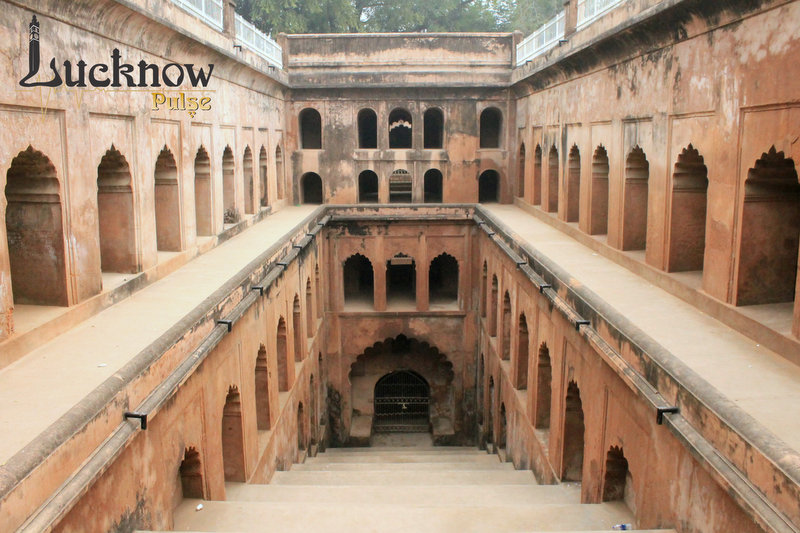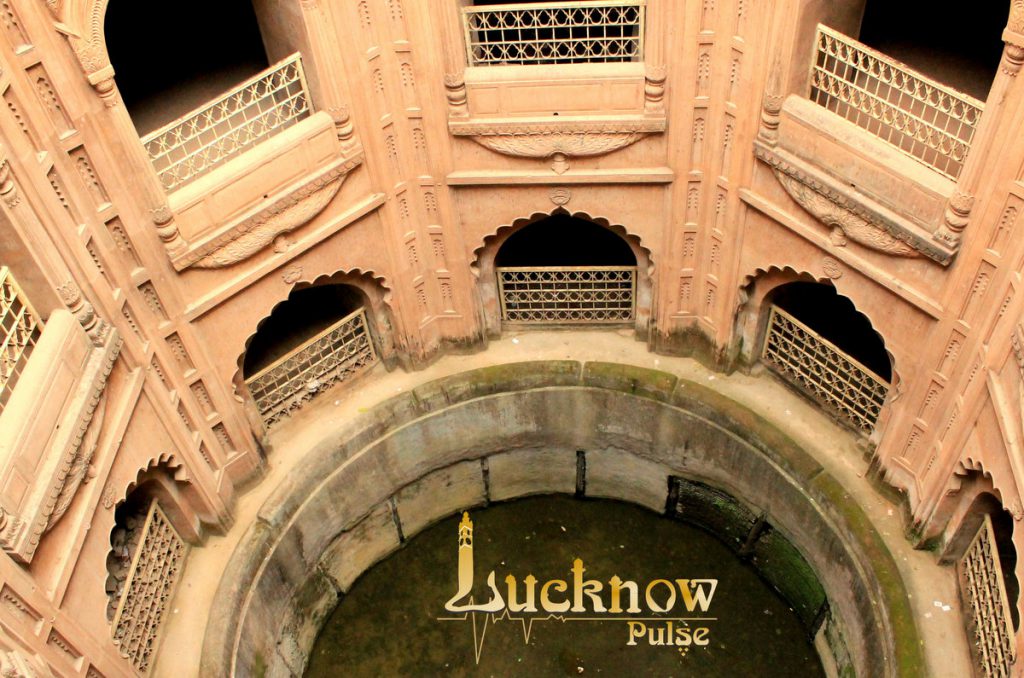
Historical buildings and monuments develop the imagery of the rich past of a city. The city of Lucknow can boast of many spectacular monuments that are capable of taking visitors on a virtual tour of the bygone era.
The land of Nawabs has some amazing monuments such as the Bada Imambara, Chhota Imambara, Rumi Darwaza, Ghanta Ghar, British Residency, Baradari, Chattar Manzil, and Begum Hazrat Mahal Memorial to name a few. These monuments have a magnificent architecture and a massive size that incorporates the marvelous amalgamation of Victorian, Persian, and Mughal influence coupled with flamboyant designs.
Among the famous historical monuments of the city, the legendary Bada Imambara can be said to be the one of the finest pieces of architecture in Lucknow. The Bada Imambara, considered to be the glorious reflection of the city of Nawabs, attracts thousands of visitors every year.
History of Bada Imambara
The 4th Nawab of Awadh, the famous Asaf-ud-Daulah built the Bada Imambara in Lucknow. The monument was constructed during the Nawab’s reign of Awadh from 1775 to 1797. Nawab Asaf-ud-Daulah is credited with the initial development and beautification of this wonderful structure. He was the first Nawab of Awadh, who built several beautiful gardens, palaces, and buildings of religious importance.
Initially, the Bada Imambara was known as Imambara-e-Asafi as a mark of respect for Nawab Asaf-ud-Daulah. The Bada Imambara is still the biggest historical monument in Lucknow.
Legend has it that Nawab Asaf-ud-Daulah undertook the project to build the Bada Imambara to help his underprivileged subjects affected by the severe drought of 1783. He also wanted to build the Imambara to hold religious gatherings and congregations at the place.
It is believed that the construction work of the grandiose structure provided employment to more than 20,000 people during that time. The Nawab allowed construction work to go on even after sunset to let menfolk from reputable families find employment, who otherwise found it humiliating to work as laborers during the day. Being untrained in construction work, people who used to work during the night were not able to bring the finesse and grandeur in the structure. Therefore, the Nawab used to order for demolition of substandard construction. But unskilled laborers were still allowed to work in the evenings as disallowing them to work would have rendered them unemployed. Such were the compassionate ways of the Nawab.
The entire construction-demolition-reconstruction process caused excessive wastage of money, and resources, but Nawab Asaf-ud-Daulah was in for a noble cause and therefore, was least bothered about the money wasted on this exercise.
One of his close nobles, Tahsin Ali Khan, requested the Nawab to let him cart the debris with which he would build a big mosque. The Nawab allowed and Tahsin Ali Khan built a mosque with that rubble close to Akbari Gate in Chowk area of old city.
Architecture of Bada Imambara
Nawab Asaf-ud-Daulah spent almost one crore rupees for the construction of Bada Imambara, which took 6 years to complete. The renowned Mughal architect, Hafiz Kifait-ullah, is said to have planned and designed the architecture of this amazing monument. The structure has Indo-Sarcenic style with a pleasant blend of Rajput, Persian, and Mughal architectural features.
The building complex has two wonderful gardens with elevated gateways. The structure has a lovely sequence of vaulted doorways. These vaulted doorways were known as ghulam gardish during the reign of the Nawabs. The Imambara compound also houses a big mosque called Asafi Masjid by the people of Lucknow. Shia Muslims assemble here to offer Friday, and Eid prayers.
In addition, the Imambara complex has a Baoli (labyrinth) that was constructed over a water reservoir. The baoli was constructed to store water for the construction of Imambara. The Nawabs used the massive 5-storeyed Imambara as a palatial mehman khana, a place for special guests. However, only a small portion of this mehman khana now remains.
There is a naubat khana made on the opposite side of the Imambara. This naubat khana was constructed to accommodate the drummers, who used to beat their nagadas (drums) to declare the hour of the day, and the arrival of distinguished guests and Nawabs on special events.
Two imposing gateways were constructed on the eastern and western sides of the magnificent structure. Currently, only the famous Rumi Darwaza survives on the western side. The other darwaza was demolished by the British troops during the Siege of Lucknow in the year 1857. British troops converted the Bada Imambara into a fortress. The main complex was then utilized as an armoury where heavy guns, tanks and cannonballs were stored and transported.
The main hall inside the complex is 162 feet in length, and 53 feet in breadth. The arched rooftop of this domed hall is hailed as an architectural marvel, because no superseding supports or beams appear to support the 16 feet thick slab that is estimated to weigh 2,00,000 tons. Moreover, the ceiling is 50 feet high from the floor.
The main hall in the Imambara has two galleries in the north and south direction. The closed gallery in the south direction is elevated. This gallery is utilized as a podium called Shahnashin for putting the Zariand Taazia (Taazia is a wood, metal, and paper replica of a mausoleum) along with other sacred embellishments such as diamond, gold and silver banners that can be seen inside the Imambara.
The Current State of Bada Imambara
The Bada Imambara is preserved jointly by the Hussainabad Trust and Archaeological Survey of India (ASI). The magnificent structure attracts thousands of domestic and international visitors every year. There is a nominal entry fee to enter the building complex. There are trained guides available who help the visitors in exploring the Bada Imambara. These guides will take you around the monument and narrate interesting anecdotes about the construction and uniqueness of this wonderful structure.
Visitors can also explore stalls inside the complex selling different varieties of handicrafts and other items. The aura and old world charm of this breathtaking monument is sure to amaze you about this epitome of Nawabi extravagance. Most visitors irresistibly admire the sheer magnificence and attraction of this architectural masterpiece located in the old city area of Lucknow. You have to experience it on your own.










